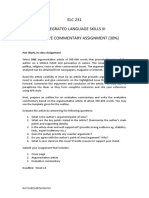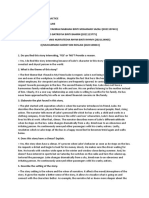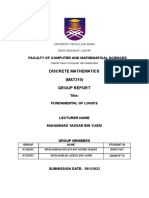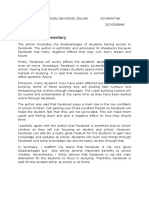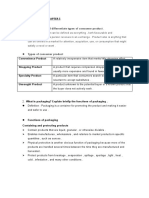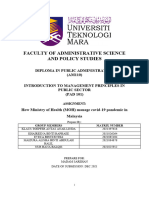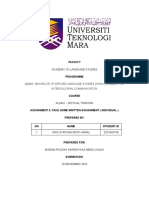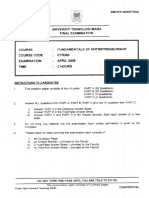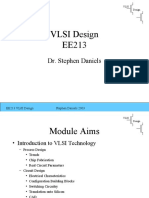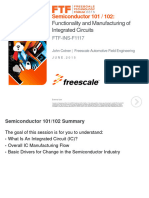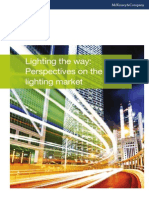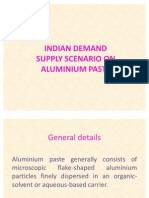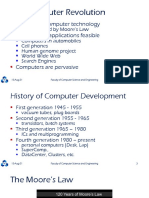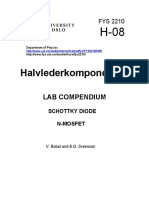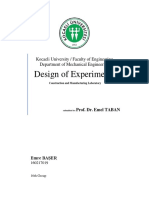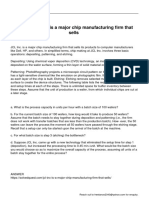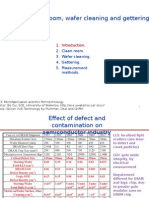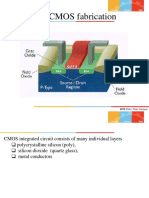0% found this document useful (0 votes)
639 views11 pagesLCC113 - Sample of Assessment 1 - Reading Assessment
Uploaded by
najla.maslan00Copyright
© © All Rights Reserved
We take content rights seriously. If you suspect this is your content, claim it here.
Available Formats
Download as PDF, TXT or read online on Scribd
0% found this document useful (0 votes)
639 views11 pagesLCC113 - Sample of Assessment 1 - Reading Assessment
Uploaded by
najla.maslan00Copyright
© © All Rights Reserved
We take content rights seriously. If you suspect this is your content, claim it here.
Available Formats
Download as PDF, TXT or read online on Scribd
/ 11



